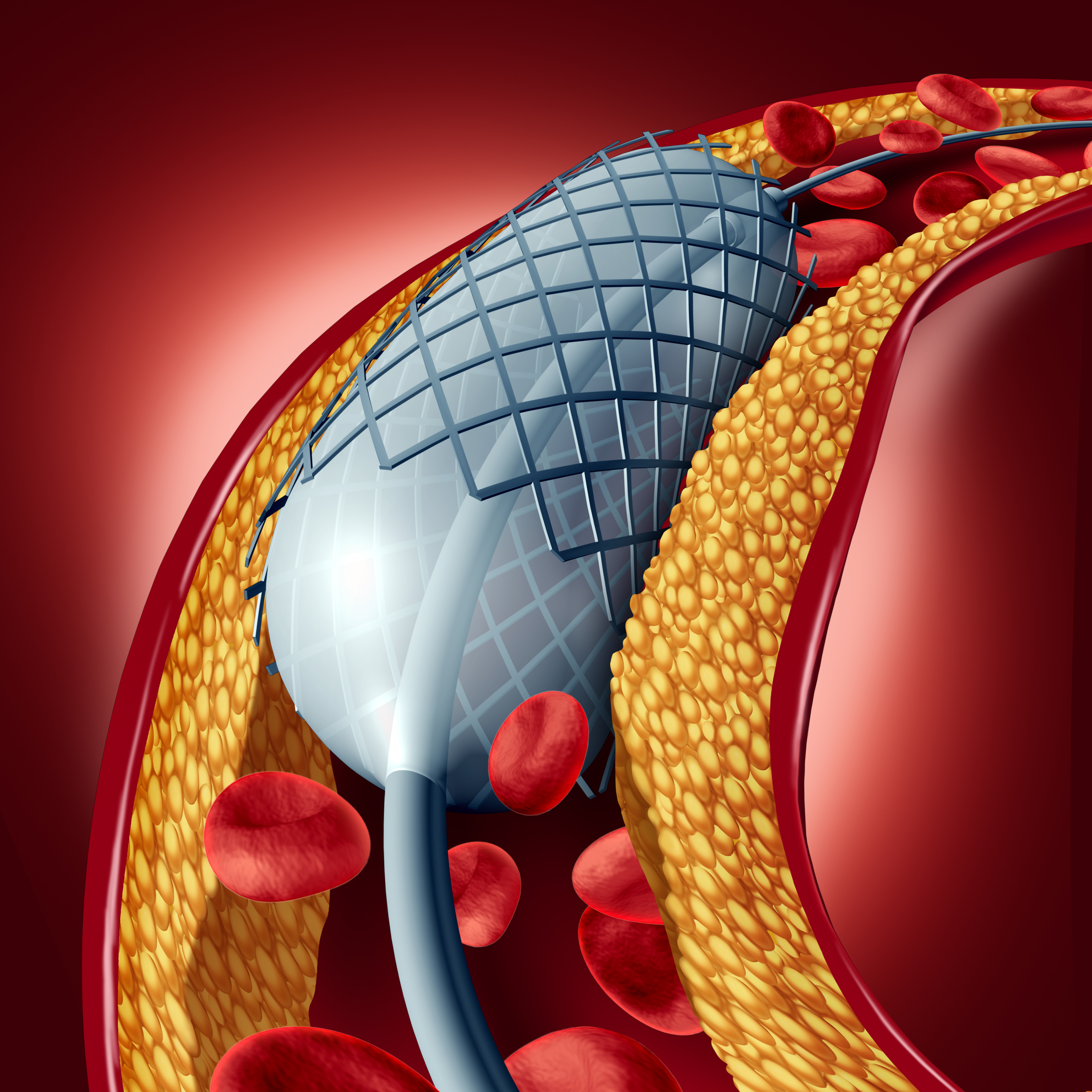KEY POINTS:
- SGLT2 inhibitors reduce admission for heart failure exacerbations.
- Clinical trials for SGLT2 inhibitors have historically excluded patients with aortic stenosis, a group with high rates of heart failure.
- In this prospective, randomized, open-label trial, elderly patients started on dapagliflozin shortly after TAVI had lower rates of all cause death or heart failure exacerbations at both 3 months and at 1 year compared to standard care.
Transcatheter aortic valve intervention (TAVI) has revolutionized the treatment for elderly patients, many of whom have high rates of heart failure. However, the safety and efficacy of Sodium glucose cotransport-2 (SGLT-2) inhibitors in this population is not well understood.
Both the DAPA-HF trial and EMPEROR-REDUCED trial which investigated dapagliflozin and empagliflozin in patients with heart failure with reduced ejection fraction excluded those with significant valvular disease, including aortic stenosis. Furthermore, very elderly patients were underrepresented.
DAPA TAVI was a randomized controlled trial in Spain to evaluate the efficacy of dapagliflozin (10 mg once daily) as compared with standard care alone in elderly patients with aortic stenosis who were undergoing TAVI. All the patients had a history of heart failure plus at least one of the following: renal insufficiency, diabetes, or left ventricular systolic dysfunction. The primary outcome was a composite of death from any cause or worsening of heart failure, defined as hospitalization or an urgent visit, at 1 year of follow-up.
Patients were included if they had a left ventricular ejection fraction (LVEF) ≤40%, diabetes mellitus, or glomerular filtration rate (GFR) of 25-75ml/min/1.72/m2. Patients already on SGLT2 therapy, GFR <25 ml/min/1.72/m2, life expectancy less than 1 year, or two or more urinary tract infections were excluded. A total of 1,257 Patients were randomized 1:1 at the time of hospital discharge after TAVI or within 14 days of discharge. A total of 620 patients were randomly assigned to receive dapagliflozin and 637 to receive standard care alone after TAVI; after exclusions, a total of 1222 patients were included in the primary analysis. The median age was 82.4±5.6 (7.4%≥ 90 years), 49.4% women, and 17% with LVEF ≤40%.
The primary endpoint was a composite of all-cause death or hospitalization for heart failure or an urgent office visit requiring intravenous diuretics at three months. This endpoint occurred more frequently in the control group (124 events) compared to the group prescribed dapagliflozin (91 events). In an intention-to-treat analysis, dapagliflozin was associated with a hazard ratio of 0.72 (95% confidence interval: 0.55–0.95, p=0.018).
Crossover between groups was observed, with 17% of patients in the dapagliflozin group discontinuing SGLT2-inhibitor therapy and 7% crossover in the control group initiating it. A per protocol analysis confirmed that the primary outcome occurred significantly more often in the control group with a hazard ratio of 0.67 (95% CI 0.49-0.90).
Secondary endpoints assessed outcomes at one year, including all-cause death, heart failure hospitalization, cardiovascular death, and a composite of heart failure hospitalization or cardiovascular death. No significant differences were observed in all-cause death or cardiovascular death at one year. However, a significant reduction was seen in hospitalizations or urgent heart failure visits requiring diuretics.
Regarding adverse events, genital infections (e.g. yeast infections) occurred more often in the dapagliflozin group (11 vs. 3, p=0.03 but urinary infections did not. Hypotension occurred more frequently in the dapagliflozin group, with 40 cases compared to 22 in the control group (p=0.01).
In conclusion, among elderly patients with a history of heart failure admission, dapagliflozin after TAVI was associated with a significant reduction in heart failure exacerbations at both three months and one year.




